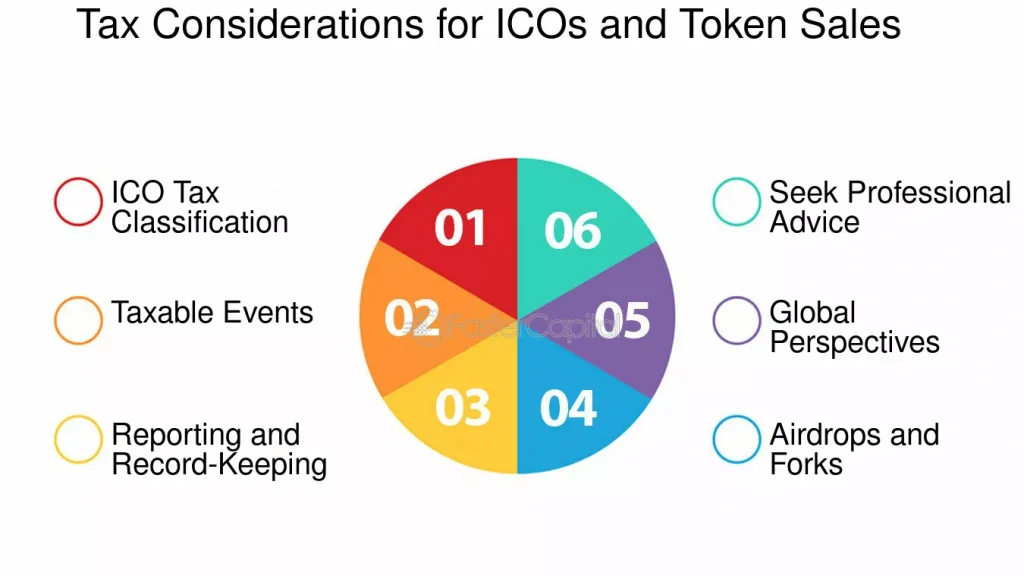What Are Token Sales in Cryptocurrency and How to Profit From Them?
Token sales, also known as token offerings, have emerged as a revolutionary way to raise capital. This method quickly gained popularity among startups and investors alike. Since the first successful token sale, which funded Ethereum’s development, this approach has transformed the venture capital landscape. It enables fast fundraising and provides early access to innovative products.
In 2022 alone, the market for token offerings (including ICOs, IEOs, and IDOs) exceeded $30 billion, highlighting its relevance and growing interest among investors. This article explains what token sales are, how they work, their types, and how you can potentially profit from them, using real-world examples and data.

What Is a Token Sale?
A token sale is the process of selling digital assets, or tokens, created on a blockchain. Companies or projects conducting token sales raise funds by selling these tokens, often before the official launch of their platform or product. For startups, it provides critical financing for development and marketing, while investors gain early entry into promising projects with potential for high returns as token values increase over time. Token sales can be public or private, depending on the fundraising campaign’s target audience. One of their key advantages is accessibility: investors don’t need large capital to participate, as token prices during initial sales are usually low.Types of Token Offerings
Here are the main types of token sales:- ICO (Initial Coin Offering) A traditional token sale where tokens are sold during the early development stage of a project.
- IEO (Initial Exchange Offering) Conducted through a cryptocurrency exchange, which provides additional credibility by vetting the project.
- IDO (Initial DEX Offering) Tokens are listed on decentralized exchanges, allowing funds to be raised without intermediaries.
- STO (Security Token Offering) Tokens backed by real assets and issued under regulatory compliance frameworks.
- LBE (Liquidity Bootstrapping Event) Tokens are sold with dynamic pricing, minimizing the risk of price manipulation.
Stages of a Token Sale
A successful token sale involves several critical stages:- Idea and Concept Development Defining the project vision and identifying its target audience.
- Technical Documentation Creating a detailed whitepaper and other documentation to explain the project’s mechanics and goals.
- Token Creation and Smart Contracts Issuing tokens on a blockchain platform and developing smart contracts for their management.
- Marketing and PR Campaigns Promoting the project within the crypto community to attract potential investors.
- Public Token Sale Conducting the token sale, making tokens available for investors.
- Exchange Listing Listing tokens on cryptocurrency exchanges to provide liquidity and facilitate trading.
Popular Token Sale Formats
- Fixed Price Sale: Tokens are sold at a fixed price for a set period.
- Dutch Auction: The token price gradually decreases until all tokens are sold.
- Dynamic Pricing: Token prices fluctuate based on market supply and demand.
- Tiered Sale: Tokens are sold at different prices depending on the stage of the token sale.
- Lottery Sale: A limited number of tokens are distributed to lottery winners.

How to Profit From Token Sales
To profit from token sales, investors should focus on projects with strong teams, innovative ideas, and well-thought-out economic models. Participating in early stages, where token prices are usually low, and selling after exchange listing, when prices may rise, can yield significant returns. Tracking upcoming sales on platforms like Binance Launchpad or CoinList can help investors find promising opportunities. For instance, in late 2023, the AI Protocol token, launched through an IDO on DAO Maker, delivered over 400% returns within two days due to high demand and interest in AI technologies.Real-World Examples of Token Sale Profits
- Solana (SOL): During its early sale, SOL was priced at $0.22. By late 2021, its value soared to over $250, providing investors with returns exceeding 100,000%.
- STEPN (GMT): Sold for $0.01 during its IDO, GMT reached $3.00 within a month of listing on Binance, delivering 30,000% gains.
- Arbitrum (ARB): While its growth was more modest, ARB still delivered a 500% return after its listing in 2023.
